The last Saturday, I could listen, on the radio, talk about storks in Spain.
When I was a child, I always heard that babies came from Paris and that a stork --and I believed it, but I did not understand it--. Now, I know that storks migrate, in winter, from Central Europe to Africa, and that the legend says that, once, a couple of storks went to Paris, instead of going to Africa. Then --according to the legend-- these storks made nest on the roof of a house, in which lived a couple, who, soon after, had a baby. Throughout the city, people thought these storks had brought the baby.

Storks are often generally on top of church steeples, on the outskirts of cities. In Spain, we can traverse the "Route of storks".
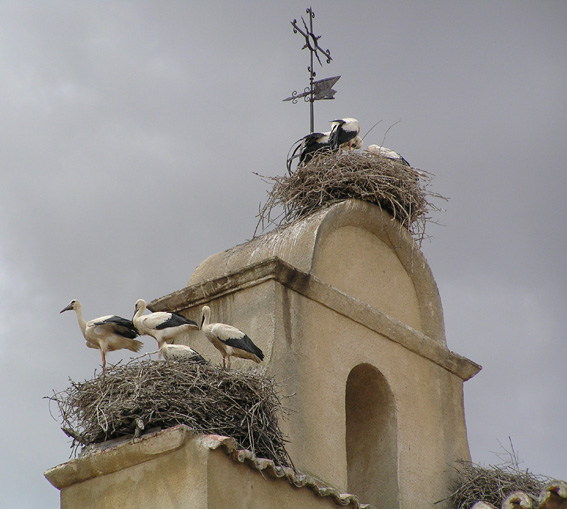
Right in the centre of Madrid, the Centre for Outreach and Conservation “Avifauna” is next to the Parque del Oeste.
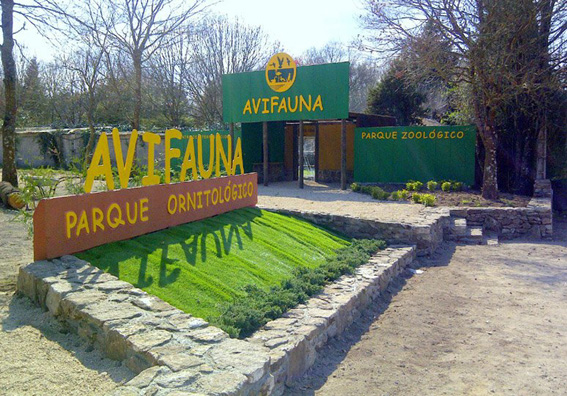
Continuing our route, to the north, we stop in Patones de Arriba, 60 kilometres from Madrid. There, we can visit the church of San José, which today is a centre of tourism and cultural initiatives, but retains its intact architecture. It is a charming place, where storks use to nest.
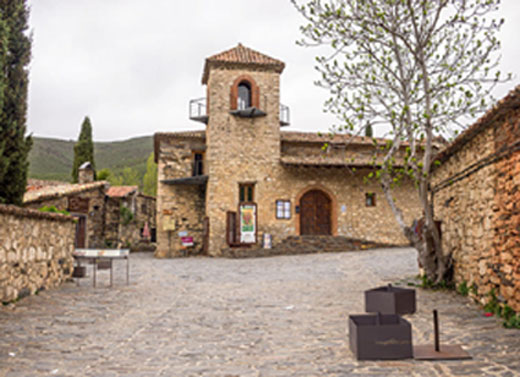
The church of San José
We head towards Berrueco (Torredelcampo), at the M-131, where we find its spectacular castle, in the hills and slopes of different proportions. It is said that the storks, that flyed over this castle, announced the death of Pedro Giron, who could not marry who later became Queen Elizabeth the Catholic.
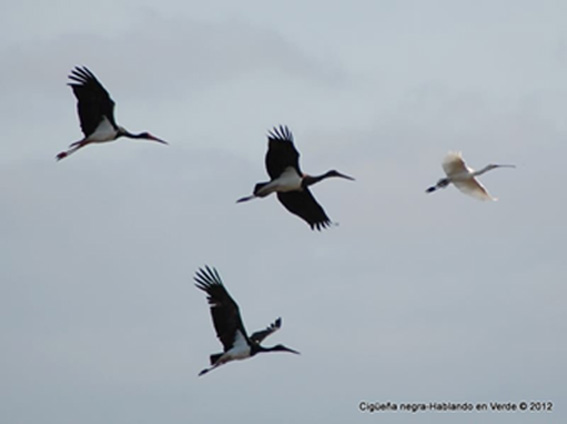
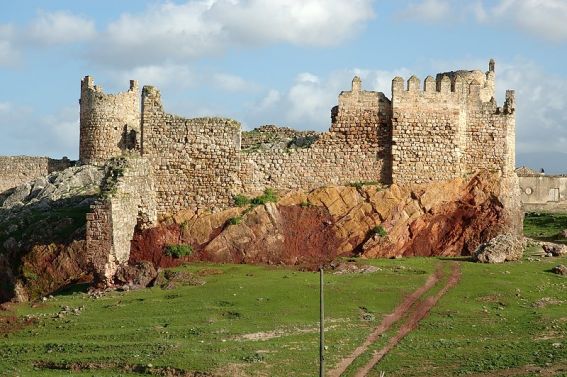
The Castle of El Berrueco
Our route passes through Alcala de Henares --to the Northeast of Madrid--. We have to stop, because some of the most distinguished citizens, of this city, are the storks. Their nests adorn the monuments and elegant presence is so important, that their settle, in historical buildings, has become an excellent tourist itinerary to know the city.
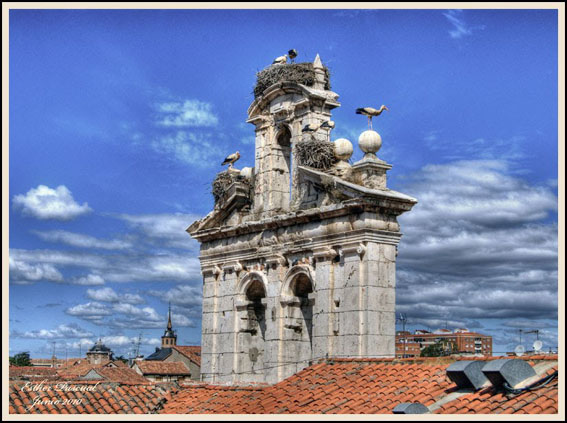
The meadow of the Henares River, where Alcalá de Henares is located, has crops, in which our storks can find food; therefore, it is a key point of our itinerary.
We continue our itinerary of storks to Ciudad Real, where Almagro is a must stop. Its square is currently closed by a glazing Central European style, that makes it unique in Spain. Formerly, these galleries served as forums, for public events, such as the famous bullfights, which were banned by Carlos III. In the square, we can also find the Comedy Corral, declared Monument, in 1955.
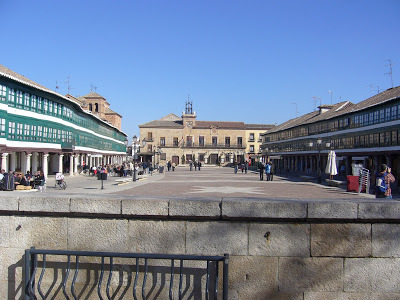
Almagro is very close to TheTablas de Daimiel and its National Park. There we will see storks, partridges, bargains, canasteras and many more birds. This National Park is in an exceptional state, both internally and in its surroundings. Coinciding with the autumn migration route, in the months of August, water levels of the river Guadiana and river Cigüela are going down, causing that many birds come to the park to feed on the banks. Thus, we can see storks, avocetras and sandpipers, between other species.
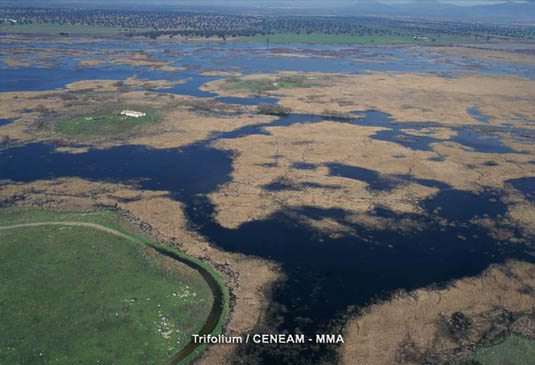
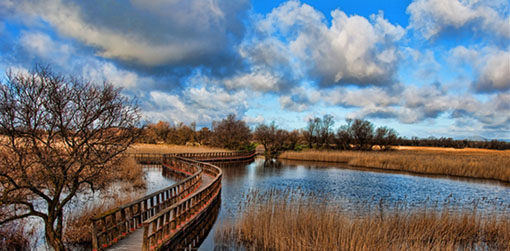
And, finally, we arrive to Cadiz, specifically to Barbate, situated in the south of the province. The location of this city is privileged, from the point of view of nature. It has excellent beaches of fine sand and also the Natural Park of the Cliff and Piny of Barbate, where pine trees grow, a protected variety, and there are also storks, that seek nests protected from the rocky wall.
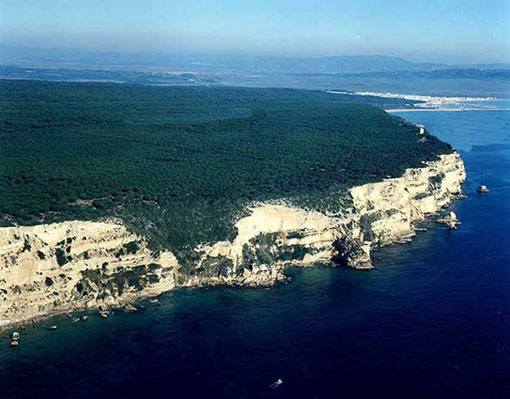
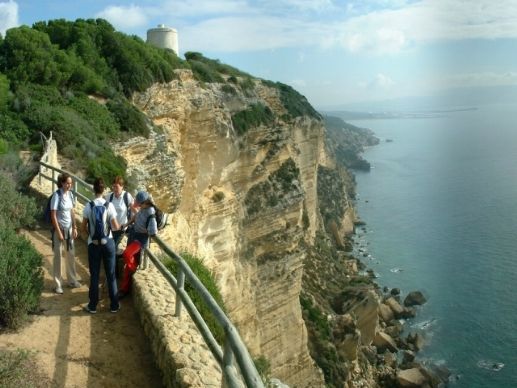
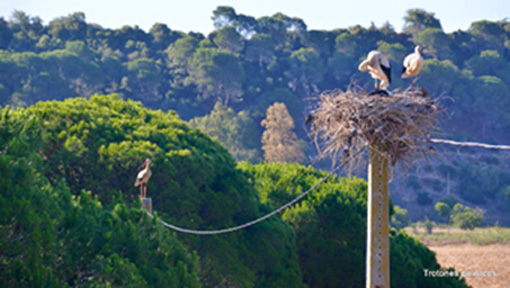
Storks close to Vejer de la Frontera
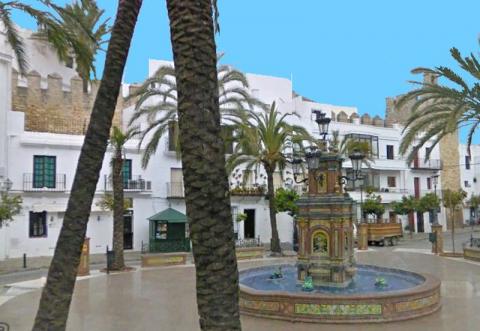
Vejer, near Barbate
We conclude our trip in Tarifa (Cádiz), town located just 40 km from Africa. There, volunteers from the Ornithological Collective “Black Stork”, in collaboration with the Department of Environment of the City Hall of Algeciras, have launched a regional campaign placement of nesting boxes for small birds, in the suburban “Park Torrejón”. These nest boxes favour nesting, in forested areas, and are used by the storks to make their homes, in a natural environment. Now, you have to relax in one of the best beaches in Spain.
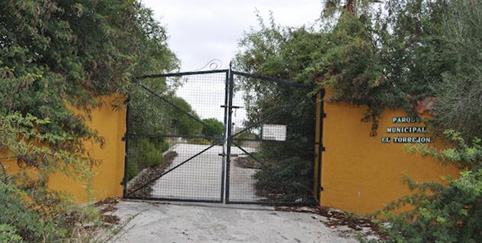
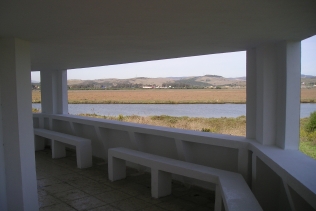
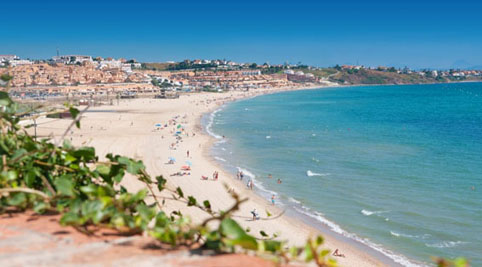
Getares beach, Algeciras, Cadiz

Los Lances beach, Tarifa, Cadiz,Costa de la Luz, South west of Spain
Well, I hope that you have enjoyed with this story.
Until my next post, kind regards,
Luis.
Sponsored by Costaluz Lawyers.
Please click below:
